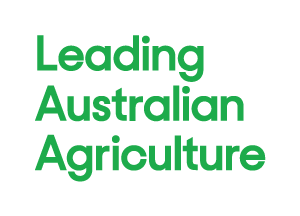Australia’s peak farm body says the release of the Second Water for the Environment Special Account (WESA) Report should prompt a major rethink of the Australian Government’s policy of recovering an additional 450GL under the Murray Darling Basin Plan.
National Farmers’ Federation President Fiona Simson said the findings provide Water Minister Tanya Plibersek the opportunity to reset the Government’s approach, and to focus on achievable pathways to realise environmental outcomes.
“It’s right there in black and white. Achieving the 450GL is a virtually impossible task given the constraints of the river system and the socio-economic test agreed on by water ministers.
“Now there are two paths forward: pick an unwinnable fight with the states and try to swing the wrecking ball of buybacks back through Basin communities; or divert funding to invest directly in on-ground environmental outcomes.
New research released this week by NSW Irrigators Council has confirmed the devastating impact the 450GL could have, if recovered from on-farm sources.
“The additional 450GL equates to 39.6% of the High Security/High Reliability Water Share entitlement across the southern connected systems below the Choke,” Ms Simson said.
“The pain recovery would cause, particularly in lower Murray River communities, means this isn’t something any responsible government would consider.”
“Instead, Minister Plibersek should ask the MDBA to report on alternate pathways to achieve the environmental outcomes of the 450GL.
“This could include practical on-ground measures such as habitat restoration, feral species control, native species breeding programs and pollution management.”
The NFF says the Australian Government should recognise the Plan’s achievements and focus on delivery of the 605GL through SDLAM projects.
“We can’t lose sight of the remarkable environmental outcomes the Basin Plan has already delivered. More than 2,100GL has been returned to the environment and that’s had real results. We saw that during the last drought.
“When we take into account the current SDLAM projects we’ve now achieved 98% of the Plan’s target. That’s a huge and hard-won achievement by communities and governments.
“We need to make sure those SDLAM projects are fit for purpose, deliverable and not creating perverse outcomes. We know that more of these projects exist, and we need a process to allow them to come forward and contribute towards the targets under the Plan.”
Ms Simson said she was cautiously optimistic about the new Government’s approach.
“In my early discussions with Minister Plibersek, she’s clearly taking a considered approach to these issues. We look forward to ongoing engagement to ensure the perspective of Basin Communities is heard while also ensuring we maintain a viable production sector.”




